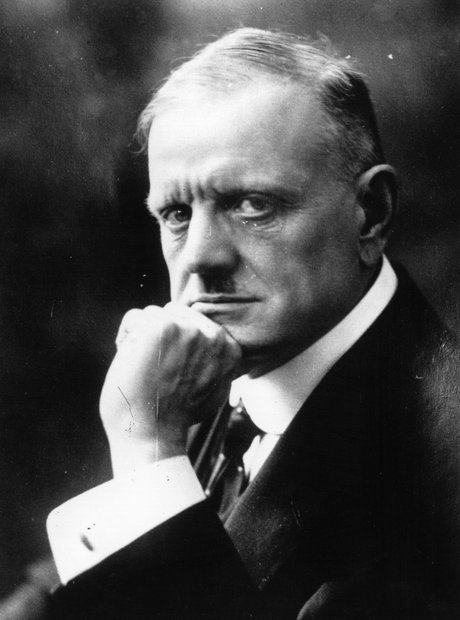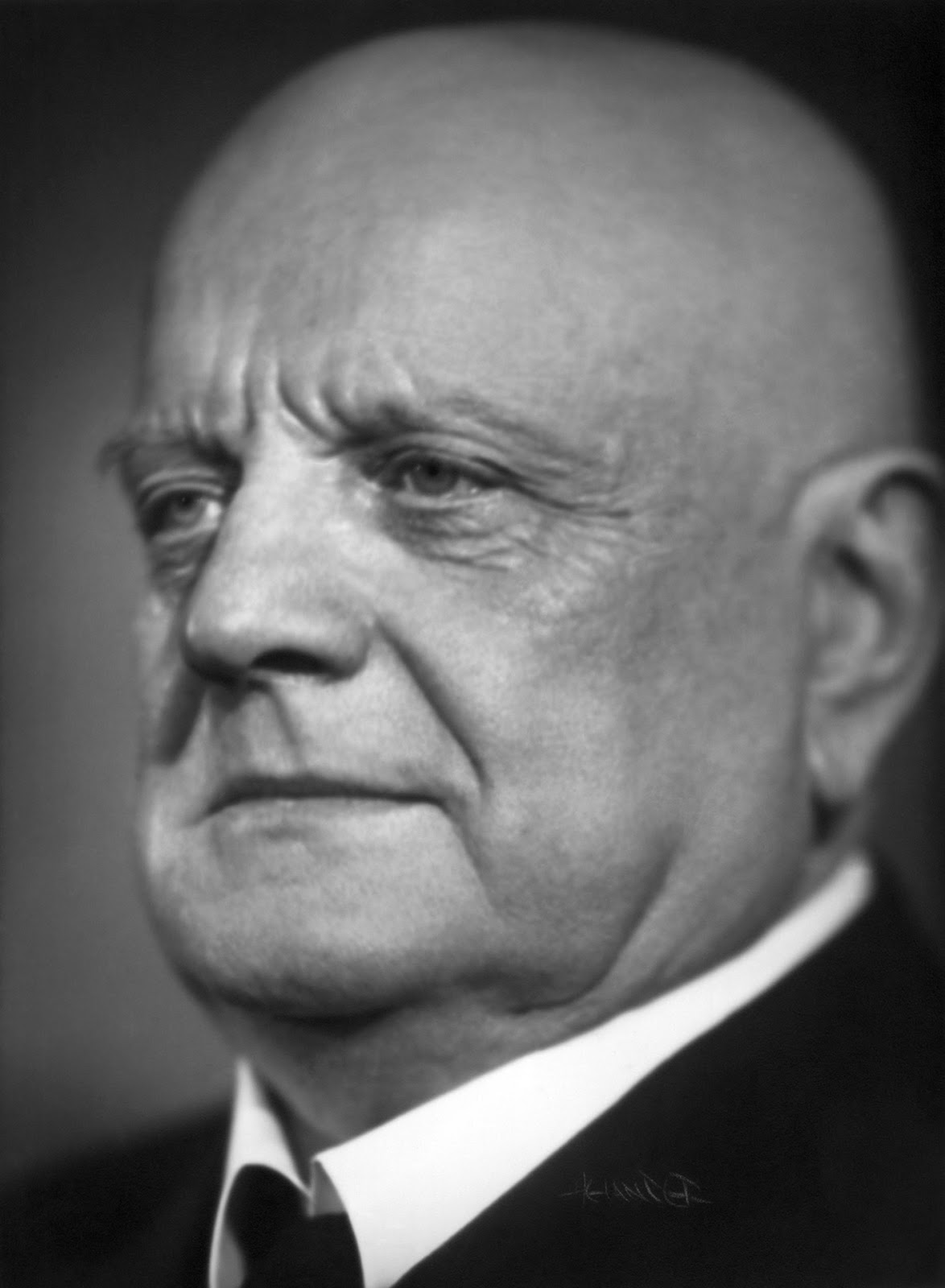
In Germany, too, Sibelius had gone out of fashion after the Second World War. Because of these writings, they tended to brand Sibelius as the archetype of a conservative composer.

Of course, the article only provoked Downes's enemies. Downes considered Sibelius to be the great neo-classicist of the 20th century and presented him once again as a healthy counterbalance to "modernists" and "intellectuals", whom To celebrate the occasion, Olin Downes wrote a long, eulogistic article on Sibelius for the New York Times. Paasikivi visits Ainola to greet Sibelius on his 85th birthday. It proved to be a long visit: the two former pupils of Hämeenlinna Normal Lyceum discussed their memories of teachers and schoolmates during the 1880s. Flashbulbs were popping, especially when the Finnish President J. One of Sibelius's last semi-official appearances was his 85th birthday party at Ainola in December 1950. Kalevi Kilpi's radio interview on 6th December 1948 for the programme "Runo, sävel, sivellin" the programme deals with the cultural milieu of Lake Tuusula. The interview tape conveys Sibelius's tendency to answer in a laconic fashion, without giving any real information. "Here in Ainola the silence speaks," Sibelius said magisterially. Sibelius said that he liked both big cities and forests. In the same year Sibelius gave his only radio interview, with Kalevi Kilpi from the Finnish Broadcasting Company. His private secretary Santeri Levas considered that the composer's old age began that year, at the respectable age of 82. It was not until 1948 that Sibelius started to talk about his advanced age and to use it as a reason to refuse invitations to several Sibelius events abroad. The useless fretting kept him awake and was stressful to those around him. The only annoyance was the composer's tendency to exaggerate even the most insignificant negative reviews, or any other aspersions on his reputation as a composer. One particular respect, and especially aboutįifteen years before the end all that had calmed down," More stable: "During the last twenty years, things changed in

"There are so many who never discover that their art has won its place."Īino, too, was pleased that her husband had become "It is wonderful to be appreciated during one's lifetime," he said in an interview in 1947. Sibelius was satisfied with his overall situation. He also made an arrangement of the Finlandia hymn for mixed-voice choir. In 1948 he did further work on these songs and several other pieces of his Freemasonry music, in order to prepare them for printing. During a single night in 1946 he composed two new pieces for the ritual music of the Freemasons: the Hymn of Brotherhood and the Hymn of Praise.

Towards the end of the 1940s Sibelius showed that "the silence of Ainola" was not quite as complete as people have imagined. Jean Sibelius receiving guests at Ainola in 1945. The neighbouring houses donated things that were valuable at a time when rationing was in force, for example butter, eggs and flour. He also received gifts, not always of great monetary value - for example, the future mobile phone giant Nokia gave him their bestselling product of the time, rubber boots, in which he trotted along to the kitchen to amuse the servants. Sibelius did not go the jubilee concert, but he received jubilee delegations at Ainola. In December the composer's 80th birthday was celebrated. This is followed by varied material from 1927, including footage of Heidi, Margareta and Aino Sibelius. Jean Sibelius at home in different years: the footage begins in 1945. The short sequence at his work desk is interesting: Sibelius seems to be writing notes, but the tip of his pen is standing still although his hand is moving, as if he was trying to conceal the shaking. The indoor photos were taken at the grand piano, and in the library, where Sibelius often listened to broadcasts and recordings of his works in the evenings.

The cameramen obtained footage of Sibelius on a forest path, sitting on a chair made from a tree root in a clearing called "the temple", and standing by the gate. In October 1945 the composer, who had now burnt his symphony, reluctantly agreed to let Finlandia-Kuva shoot a film at Ainola.


 0 kommentar(er)
0 kommentar(er)
